How a fear of debt is fuelling Afterpay’s spectacular global growth
by The One Centre

15
October, 2020
15th October 2020
Afterpay’s success relates to the simplicity of its consumer proposition: buy the things you want without becoming indebted to big banks or paying huge sums of interest. As Australia’s most spectacular global growth story of 2020 - with its share price surging from $8 last March to $150 in early 2021 - what are the forces fuelling its success?

In 2015, Afterpay introduced a new way to shop by splitting payments into four fortnightly instalments. The concept is not all that different to lay-by, and yet Afterpay is shaking up the banking and credit card sector in Australia and the United States – and now has its sights set on Europe.
It will soon offer banking services to its 3.2 million Australian customers thanks to a deal with Westpac, which pushed Afterpay’s share price even higher to over $100.
Afterpay’s success marks a new era for the global financial sector. We’re seeing a structural shift away from cash and debit cards towards digital wallets, and a cultural shift away from credit with millennials only wanting to spend money they have.
“As the banks have fallen hard off their pedestal, a new generation of customers is trusting a new generation of financial services and at the top of this is Afterpay. I don’t say this to be arrogant. I say this because I believe there are aspects of our business which help understand what is happening today in finance and what could happen in the future,” said Anthony Eisen, Co-Founder of Afterpay.


Play video
As a first mover in the buy-now-pay-later (BNPL) sector, Afterpay was quick to realise a major shift in how millennials spend money. This generation grew up during the Global Financial Crisis and are now wary of debt: just one in three people aged 18 to 29 own a credit card, according to a 2016 Bankrate.com survey. By targeting this group early, Afterpay quickly became ubiquitous on major e-commerce platforms, and other generations soon followed.
In 2019, the Royal Banking Commission unearthed reprehensible behaviour by banks such as money laundering and fees-for-no-service, fuelling demand for purpose-driven fintechs like Afterpay.
“A new generation of customers is trusting a new generation of financial services.”
Then, in 2020, along came COVID-19, which forced retail stores into lockdown. Afterpay’s share price surged 1000% between March and October, from $8 to $100+ per share, buoyed by the flight to online shopping. With a valuation of over $20 billion, it has joined the ranks of the top 20 most valuable companies on the ASX while 30-year-old co-founder Nick Molnar is now Australia’s youngest self-made billionaire.
Today, Afterpay has almost 10 million users worldwide, up from two million in 2018. According to the AFR, “No Australian company – and few globally – are acquiring new customers at the rate of Afterpay.”
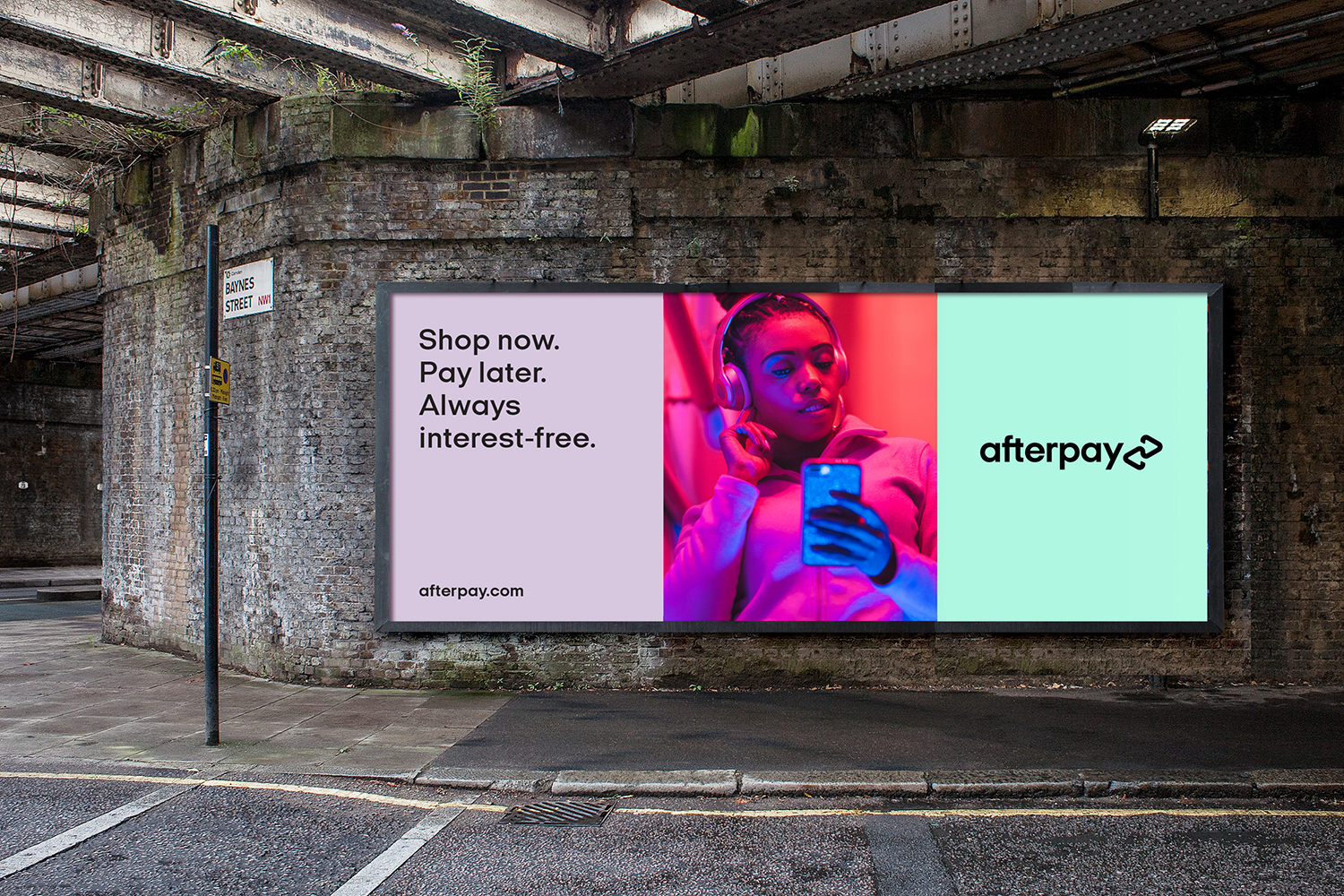
So why is Afterpay’s brand purpose resonating with so many people – millennials especially?
Afterpay says it exists to help people manage their spending responsibly. Instead of racking up huge credit card debts and paying interest of around 17% (which is the average rate for new credit card offers) its customers see Afterpay as a helpful interest-free budget management tool.
As well as crusading for “financial wellness”, Afterpay’s mission is “to power an economy where everyone wins”. Consumers win because they avoid the interest fees that come with credit cards. Retailers win because Afterpay generates millions of referrals to merchants each month from its app and portal. In August 2020, Afterpay’s logo evolved from two disconnected triangles to a continuous “loop”, representing its ‘everyone wins’ ecosystem.
Critics aren’t buying into Afterpay’s mission to foster financial wellness: they say it actually encourages impulse buying and normalises debt. According to ASIC, more than half of BNPL users are spending more than they otherwise would, and one in six have become overdrawn, delayed other bill payments, or borrowed money to cover BNPL debts.
Choice warns that BNPL services are especially risky for people on low or insecure incomes – the very people Afterpay targets given younger shoppers are most likely to be part-time or low income earners, and are least practiced at budgeting.
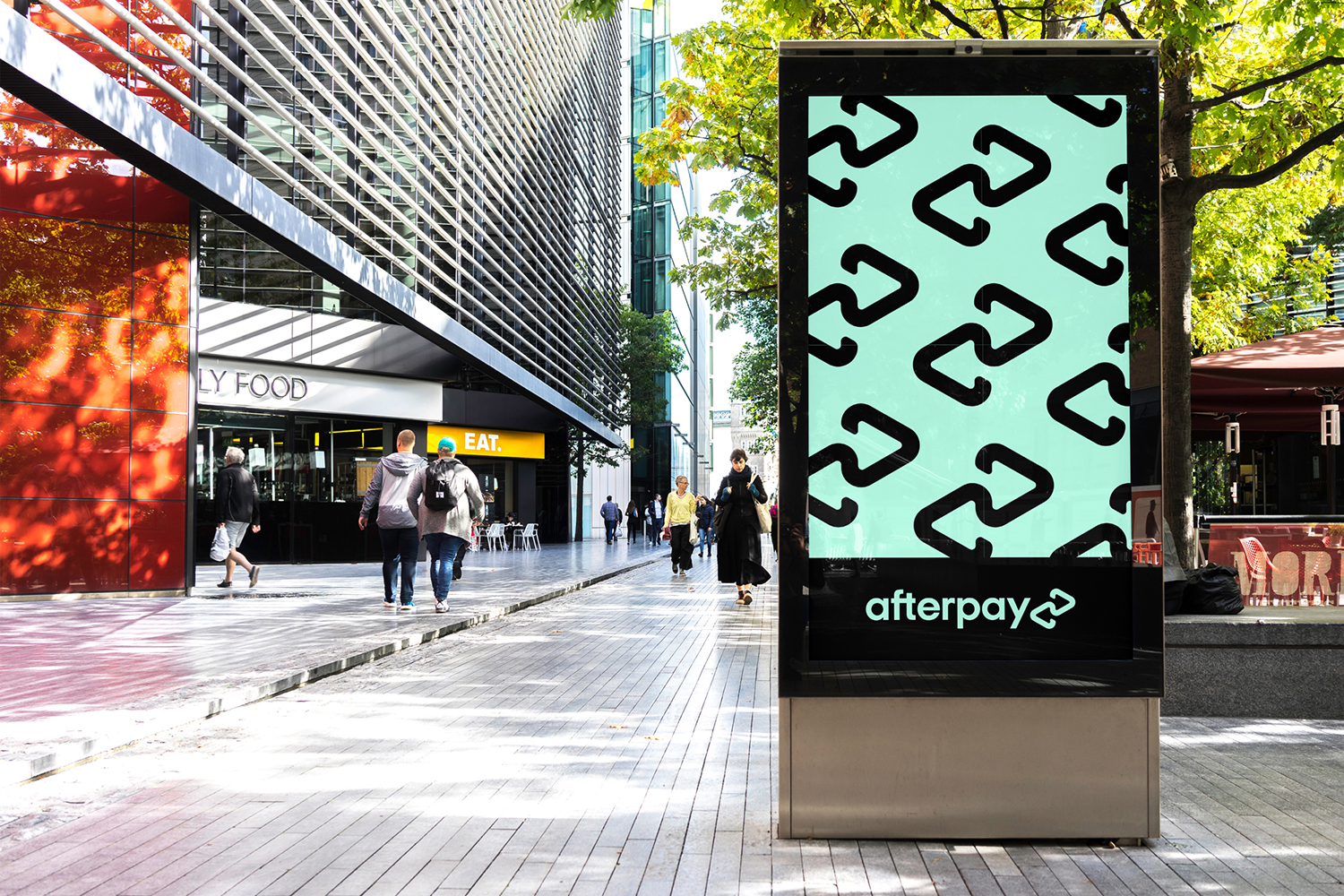

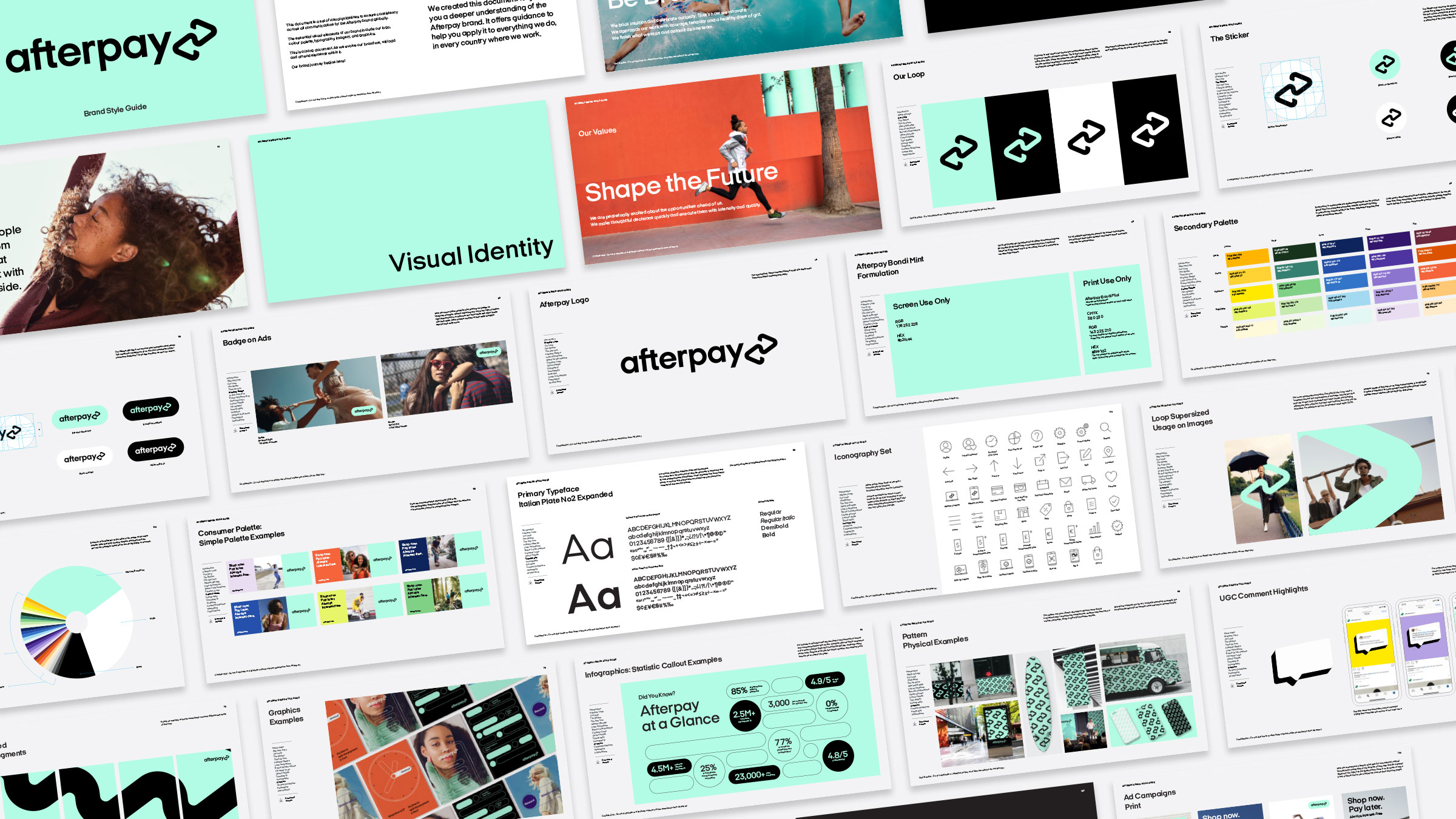
Afterpay’s business model is built on trust at a time when mistrust of traditional banks is at an all-time high. “Could you honestly imagine a traditional credit company stopping you from buying anything else or going deeper into debt because you missed a single payment?” explains Eisen.
In order to trust customers to repay their debts, Afterpay relies on a high level of automation. It weeds out bad players continually in real-time, rejecting around 20% of all purchase requests by analysing hundreds of data points. And it works: in 2019, it wrote off less than 1% of sales due to customers not paying their loans.
To use Afterpay, you must be over 18 and pay 25% of each purchase upfront and the rest via instalments. Late fees are capped at $68 per order or $10 for orders under $40. If you have an overdue payment, you won’t be able to buy anything else until your debt is settled.
Afterpay charges merchants a $0.30 fixed transaction fee plus a commission of between 3% and 7% on each sale. This is more than most credit card providers charge merchants, but in exchange, Afterpay drives sales on their behalf. According to Afterpay, its customers spend more per transaction and over their lifetime, and they come back more often.
Australians will soon be able to set up savings accounts with Afterpay through its deal with Westpac. For Afterpay, it’s about deepening customer relationships and finding new ways to help them to budget. For Westpac, it’s an admission that fintechs are encroaching on their turf – and the best way to be part of the action is through white-labelling its banking services.
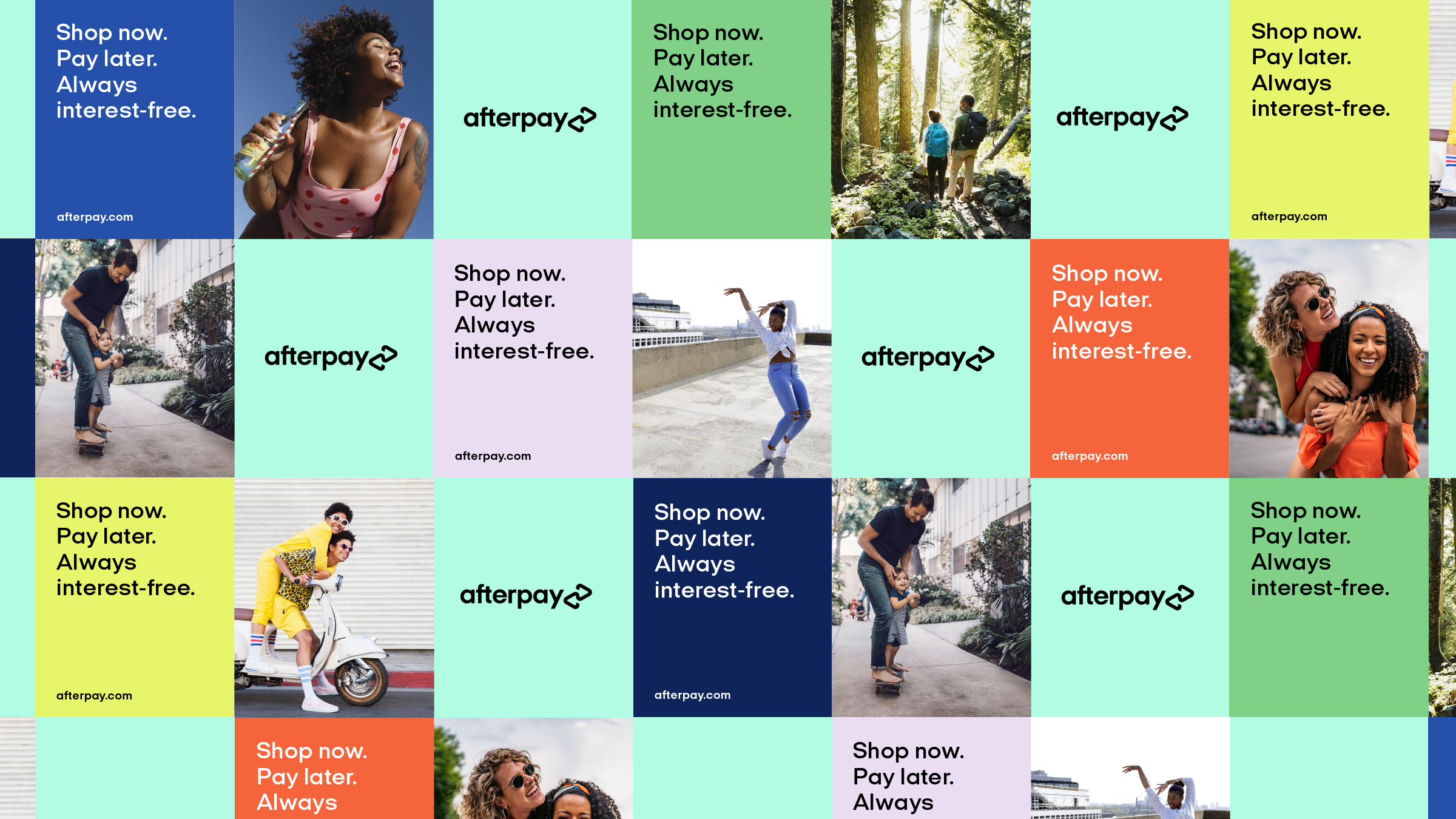
“Afterpay is the antithesis of the traditional finance business model”
There are a few clouds on the horizon for BNPL brands. The global recession could lead to a rise in defaulted payments. The sector is increasingly crowded: even PayPal is entering the fray with its ‘Pay in 4’ platform in the US. Some fund managers warn that top BNPL brands are “overvalued”. Afterpay’s full-year 2020 revenue is likely to double from $220 million in 2019-20, but that still places the company’s value at a whopping 30 times revenue.
The New Daily’s Michael Pascoe warns the BNPL bubble could burst: “In keeping with the Dot Bomb techs, Afterpay is big on talking up sales growth, not so loquacious about bottom-line losses; happy to give details about increases in customers and merchants, not so happy to go into details about bad debts.”
Afterpay also faces more regulation, which could slow the rate of its growth. In early 2020, a draft buy-now-pay-later code of conduct was released. It promises to cap late fees for customers and refrain from targeting the financially vulnerable, but Choice believes it does not go far enough to protect consumers: “It won’t deal with the high costs, inadequate hardship policies or overselling of credit to people who are already under financial pressures.”
For now, Afterpay continues to add users at a phenomenal rate. It heralds a new purpose-driven era for financial services brands. As Emanuel Datt, founder of Datt Capital, says: “Afterpay is the antithesis of the traditional finance business model predicated on ‘screwing the customer’ to a business model that empowers customers to responsibly spend and budget without incurring a cost.”
Why It Matters
- Afterpay’s model is built on trust: it trusts consumers to pay it back; they trust Afterpay because it doesn’t profit from account fees or interest rates; retailers trust Afterpay to drive incremental demand and repeat sales. This is in contrast to the rampant mistrust facing traditional banking institutions.
- Globally, we’re seeing a seismic structural shift away from cash towards digital wallets, and a cultural shift away from credit with millennials only wanting to spend the money they already have.
- Afterpay says its deal with Westpac will help it ‘support financial wellbeing for our customers’ to get them off the debt cycle. After years of encouraging debt, big banks are trying to get in on the action by partnering with fintechs like Afterpay, or by offering no-interest credit cards.
- Afterpay’s success will put a huge dent in global credit card spending, which is set to surge to US$45 trillion per year by 2023, up 100% in less than 5 years. Spending is growing fastest in the Asia Pacific, more than doubling in the last 5 years.
- Australia ranks highest in the world in terms of contactless card payments, making nearly 500 million transactions a year. We’re also world leaders in credit card spending and debt, which hit a record high of $150 billion in 2019.
- Fintechs are targeting disillusioned customers in the wake of the Royal Banking Commission, which revealed a culture of greed and misconduct within many leading financial institutions in 2019.
- Meanwhile, COVID-19 is placing many people under immense financial distress as unemployment and credit card debt ris
- There’s an opportunity for fintech brands to position themselves as the Robin Hoods of banking – in contrast to more predatory behaviour from banks and non-bank lenders looking to profit from increased demand for personal loans and credit cards
- Examples include Afterpay, which claims to “help people make the most of their money”; and Happy Money, which believes established banks and lenders exist to keep people trapped “on the endless treadmill of debt” and promises to do the opposite. Others, like Doconomy, are rethinking credit cards as a tool for decreasing carbon emissions.
- Millennials’ aversion to debt could impact many sectors, from retail to real estate. Mercedes-Benz’s subscription model is a good example of how brands may need to repackage their products to help customers avoid the burden of a large debt.


Play video
Credits
Article By: The One Centre
Ideas and innovation company
Twitter @onecentregroup
Related Stories

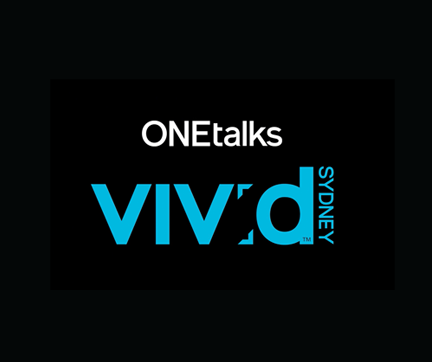
Centre News
26/07
The ideas and innovators transforming the world.


Fashion
27/05
Can period pants change the world?

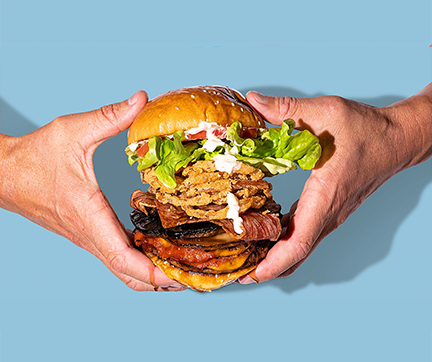
Hospitality
17/03
How Flave’s big-flavour proposition is breaking vegan stereotypes.

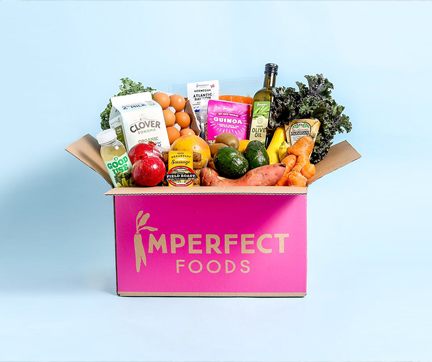
Food & Beverage
17/01
How Ugly Food is disrupting the food industry and winning over consumers

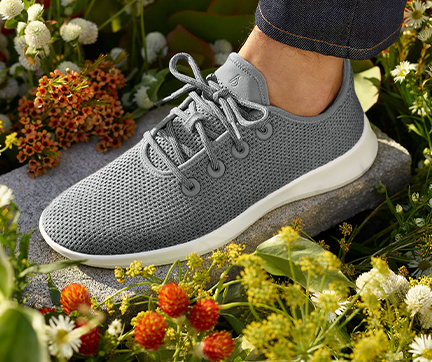
Fashion
29/11
How Allbirds combined sustainability with cool to build a $4 billion shoe empire.


Transport
24/10
Get as much car as you need with a Lynk & Co subscription


Fashion
5/10
Why The Fabricant is dephysicalising fashion


Products
27/09
How Feather is fighting the fast-furniture epidemic

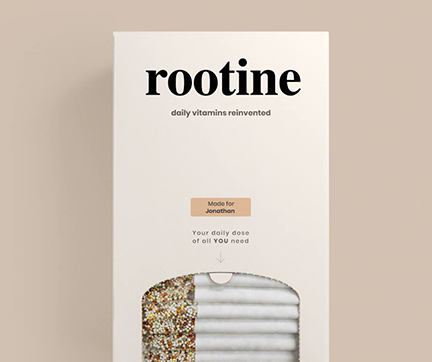
Health & Fitness
11/03
Are Rootine’s DNA-based vitamins really better for you?


Technology
11/02
Can AirSeed’s seed-planting drones put the brakes on climate change?


Technology
11/02
Replika is more than a friendly chatbot. It’s a footprint of you.


Finance
15/10
How a fear of debt is fuelling Afterpay’s spectacular global growth


Technology
9/10
Are Spatial's high-fiving avatars the future of work?

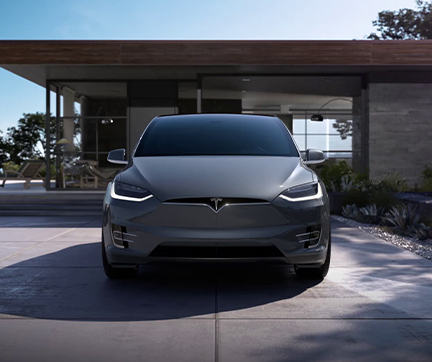
Transport
6/10
Behind Tesla’s supersonic rise as the world’s most valuable car company


Technology
22/06
Is Life360 bringing families closer, or pushing teens away?


Lifestyle
18/05
The Brands Saving the World from COVID-19


Finance
3/04
Happy Money: the fintech that’s curing debt addictions

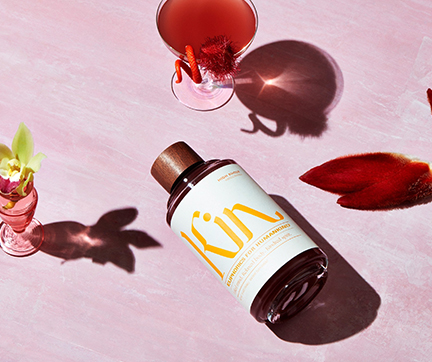
Food & Beverage
3/04
Is Kin the booze-free future of revelry?


Lifestyle
25/01
5 brands (and sectors) to watch in 2020


Finance
3/12
Beyond is bringing transparency to the business of death

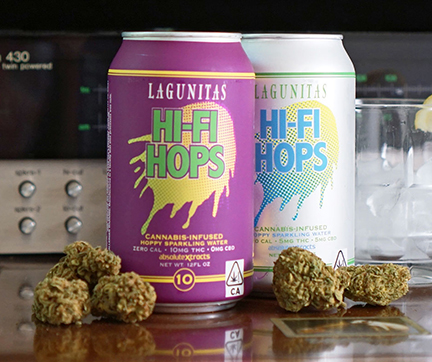
Food & Beverage
24/11
Lagunitas is brewing dope you can drink

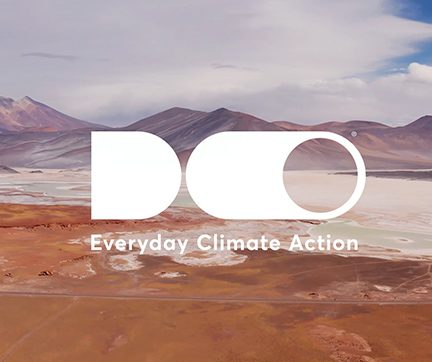
Finance
22/10
Doconomy is a banking service with a conscience


Transport
22/10
Will Wing’s drone deliveries help or hinder bricks-and-mortar retail?

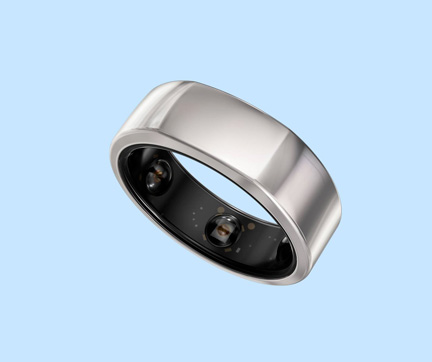
Health & Fitness
2/10
Oura ring is unlocking the secrets of sleep

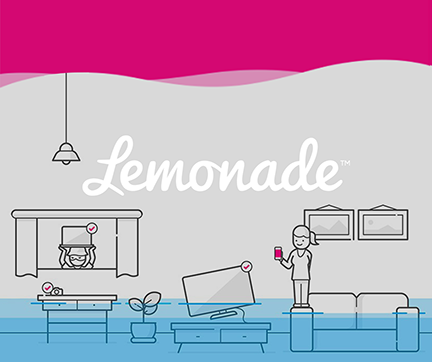
Technology
15/07
Why millennials love paying for Lemonade insurance


Lifestyle
27/06
How Everlane’s radically transparent ethos is upending fashion


Health & Fitness
9/05
Recyclable glasses made simple from Dresden


Food & Beverage
23/04
Eat an Impossible Burger, save the world

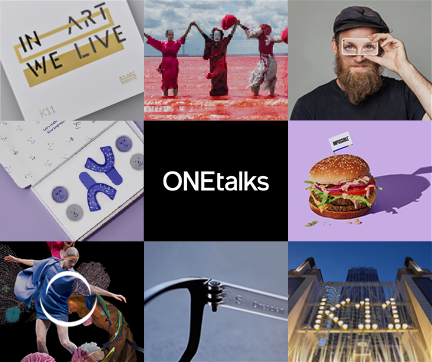
News
2/04
Brands Disrupting the World: book now for our next ONEtalks


Health & Fitness
20/03
Sex education you can trust: how Clue is tackling taboos


Food & Beverage
30/01
Drinking Oatly is more than a trend. It’s a "paradigm shift"


Lifestyle
13/12
Mobile is at the heart of Nike’s House of Innovation stores


Centre News
29/11
The psychology of selling to the world’s ultra-rich


Fashion
26/11
The Phluid Project: Shaking up the gendered world of fashion

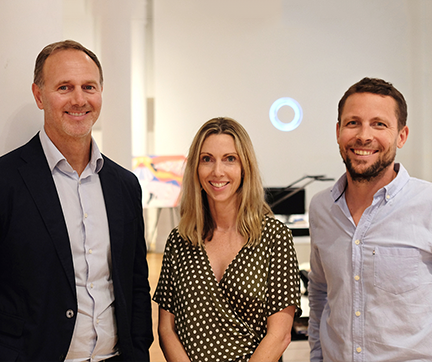
News
7/11
The One Centre acquires digital media agency Effilab Australia


Finance
22/10
Koho is taking back your dreams from the banks that stole them


Transport
27/09
Forget buying a Mercedes-Benz. Why not subscribe?


Technology
31/08
Behind the meteoric rise of the world's biggest vaping brand JUUL


Retail
14/08
Cult Korean eyewear label Gentle Monster takes on London


News
19/07
The One Centre presents the brands disrupting the world at ONEtalks

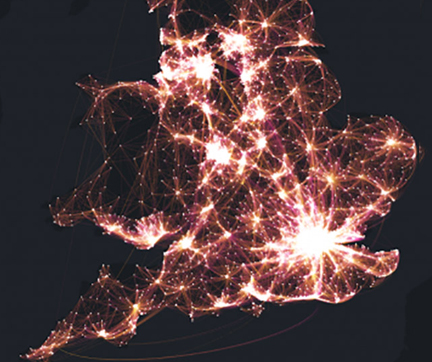
Transport
18/07
Uber has a better way to map data – and anyone can use it


Health & Fitness
25/06
Forget ‘stoner’ – MedMen is taking marijuana mainstream


Centre News
8/06
Four pillars of brand success – John Ford writes for Startup Daily


Fashion
1/06
Virtual celebrity Lil Miquela partners with Japanese label Ambush


Fashion
15/05
Oakley’s ode to obsession


Fashion
26/04
"Will finds a way" with Under Armour


Technology
19/04
Kengo Kuma is purifying the air at Milan Design Week


Technology
5/04
Facebook is building Willow Village. Would you live there?


Technology
21/03
Apple recruits Spike Jonze to welcome you home


Technology
1/03
Dot Watch is disrupting the Braille market

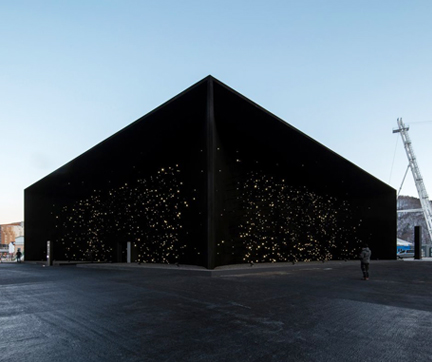
Transport
15/02
Is Hyundai Pavilion the darkest building on earth?


News
8/02
The One Centre presents ‘Disruption Needs Construction’ at Sydney Design Festival 2018

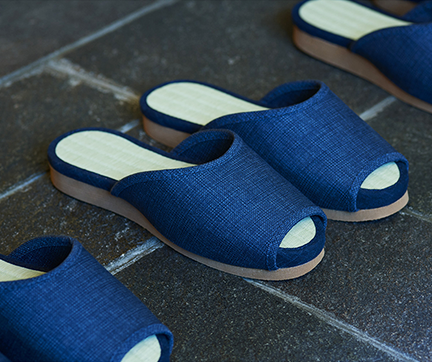
Transport
2/02
Nissan brings its tech to life with self-driving slippers

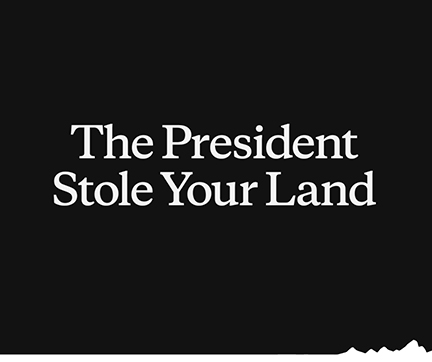
Fashion
21/12
Outdoor apparel brand Patagonia to sue the Trump administration


News
20/12
The One Centre is hiring creative directors. Here’s our manifesto.


Fashion
14/12
Tiffany & Co brings Breakfast at Tiffany’s to life with luxury collection


Products
11/12
Behind the scenes of OK Go’s ‘Obsession’


Fashion
28/11
The North Face combines daydreams and free skiing stunts in a mesmerising film

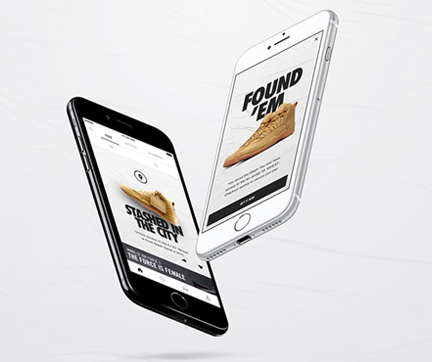
Fashion
22/11
Nike is fighting bots with augmented reality


Centre News
15/11
"The only way is up" - John Ford writes for Mumbrella

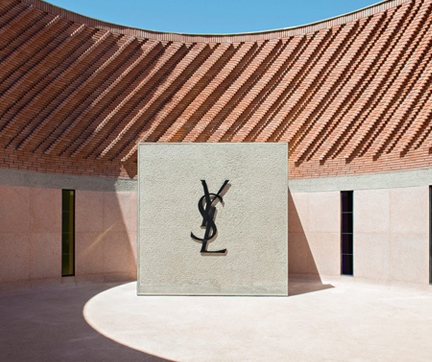
Fashion
7/11
Fashion house Yves Saint Laurent opens a museum in Marrakech

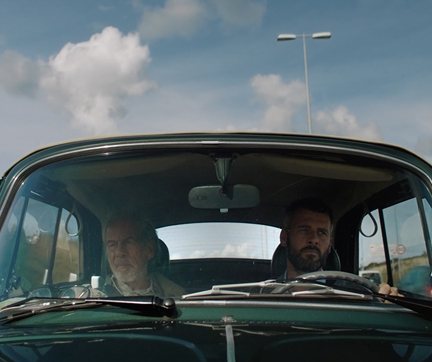
Transport
2/11
Volkswagen explores the father/son relationship in an emotional film


Technology
24/10
Meet Norman, a WebVR tool for doodling in space


Centre News
19/10
“Give Dove a break” - John Ford speaks to CMO magazine

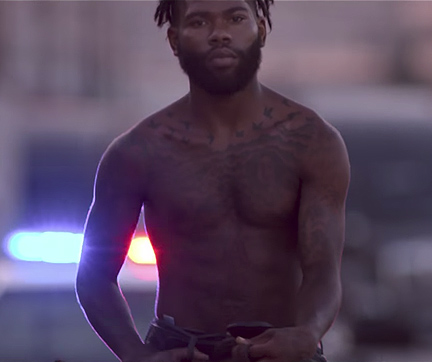
Food & Beverage
11/10
Guinness saddles up Compton Cowboys for latest Made of More film

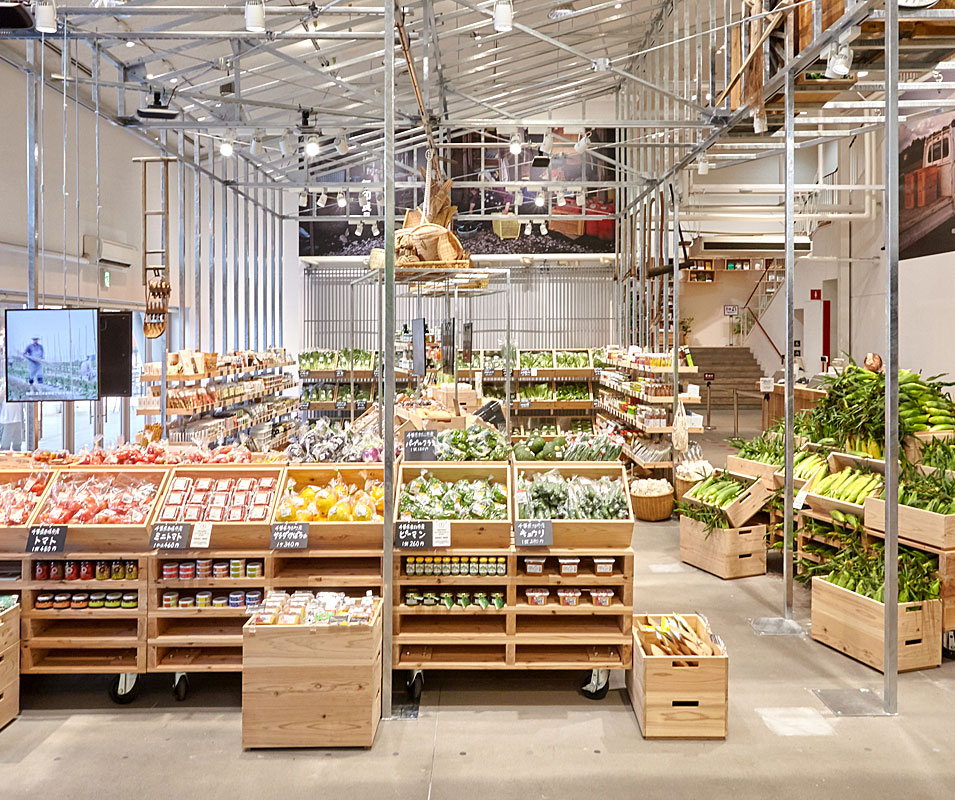
Products
27/09
Minimalist Japanese brand Muji expands empire with fresh food market


Technology
20/09
Teenage Engineering


Technology
29/08
A forest where gods live

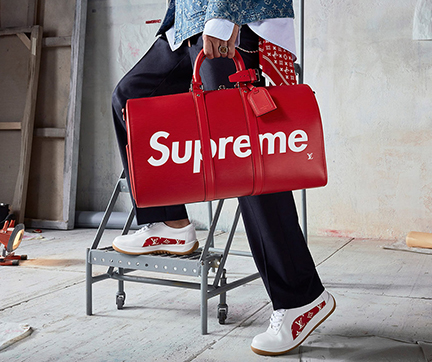
Fashion
23/08
Louis Vuitton teams with Supreme for ultimate brand collaboration

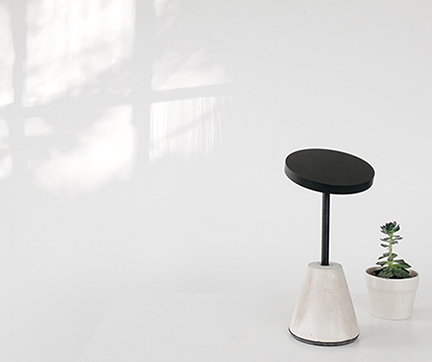
Technology
9/08
Technological Nature


Technology
26/07
Playful Palette

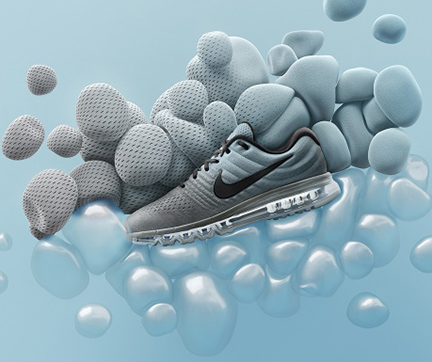
Fashion
24/07
Nike creates graphic feast for Air Max


Transport
21/07
Volvo returns to safety positioning in masterpiece film for the new XC6O


Products
20/07
Ikea to employ Syrian refugees in social sustainability project


Technology
11/07
Screens of the future


Technology
10/07
Apple’s extravagant new campus brings brand values to life


Products
27/06
Transformative Appetite

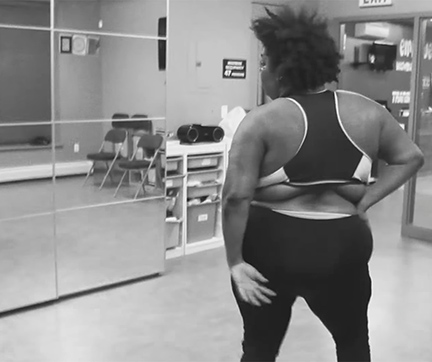
Products
21/06
Dove launches Real Beauty Productions to tell stories of real women


Technology
9/05
Rapid Liquid Printing


Lifestyle
7/05
The brands coming out to support the LGBT community

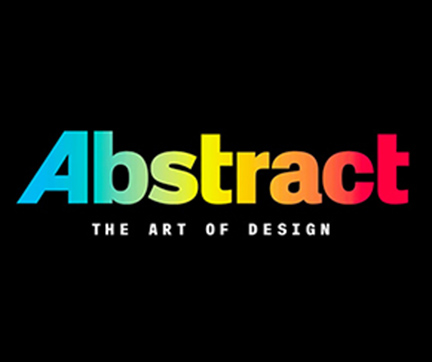
Media & Entertainment
1/03
Abstract. The Art of Design


Retail
13/12
Target creates mini-musical spectacular for Christmas


Transport
3/11
Nissan creates mobile workspace


Lifestyle
13/10
Lincoln Motor Company taps Annie Leibovitz for campaign


Products
30/09
Braun creates hypnotic installation for London Design Week

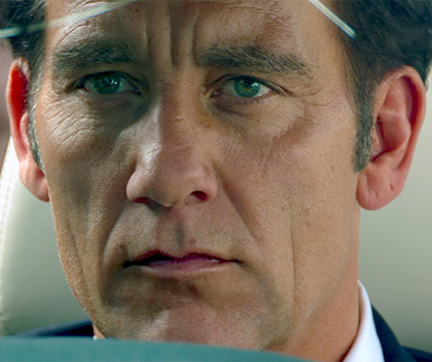
Transport
22/09
BMW Films returns with an explosive short film


Fashion
23/08
Adidas Republic of Sports launches in China


Technology
21/08
Convert the world around you to Pantone with the new Pantone App

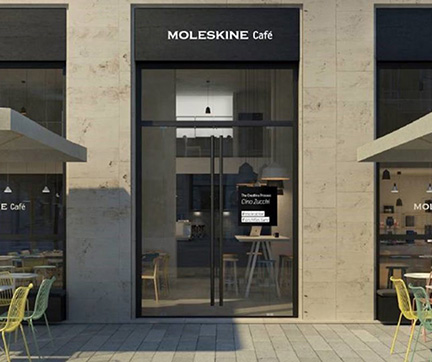
Experiences
10/08
Moleskine opens a cafe for creatives


Media & Entertainment
4/08
We're the Superhumans: Channel 4 returns with film series

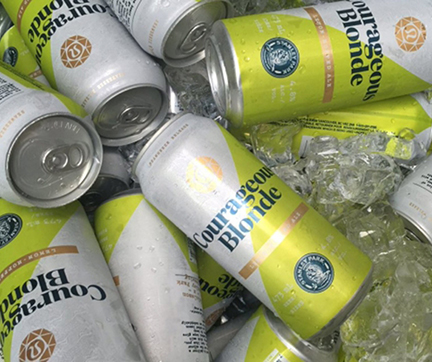
Fashion
27/07
Activewear brand Lululemon expands into beer

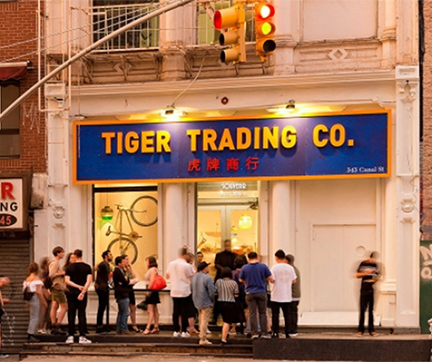
Food & Beverage
6/07
Tiger Beer launches NYC pop-up store to showcase best of Asia


Products
27/06
P&G rolls out strong film in ongoing Thank You, Mom campaign


Products
23/06
Ikea launches brand collaborations

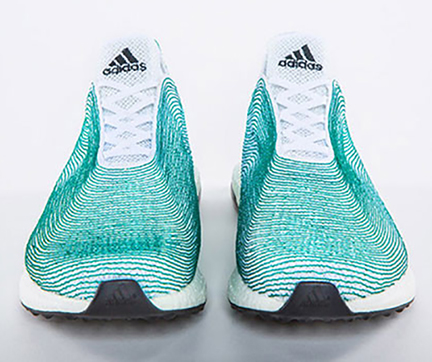
Fashion
14/06
Adidas creates sustainable shoes made from ocean plastics


Lifestyle
1/06
Google launches 360-degree interactive animated short film


Food & Beverage
17/05
Coca-Cola makes music with W Hotels

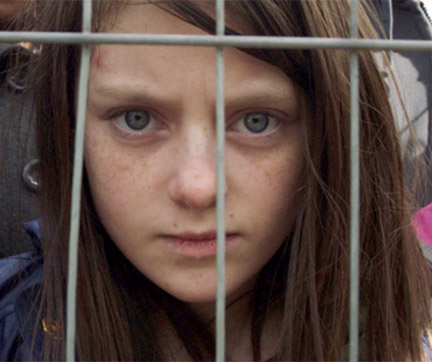
Finance
12/05
Save The Children returns with harrowing refugee film


Fashion
19/04
COS creates "show-stopping" installation


Fashion
16/03
Uniqlo aims for Utopia with flagship store relaunch

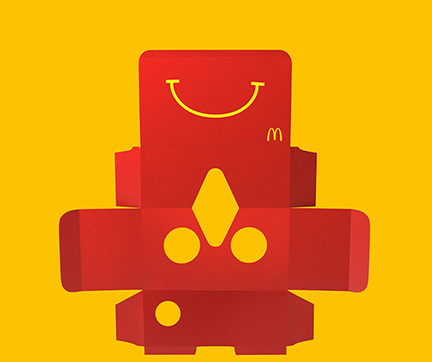
Food & Beverage
11/03
McDonald's transforms Happy Meal toy into VR experience

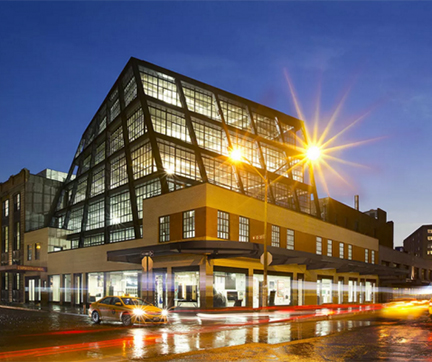
Technology
23/02
Samsung launches immersive brand experience store


Media & Entertainment
28/01
Lo and Behold: Netscout launches branded film at Sundance Film Festival

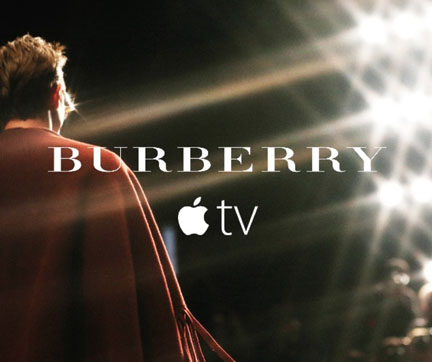
Fashion
30/09
Burberry teams with Apple to launch dedicated Music channel

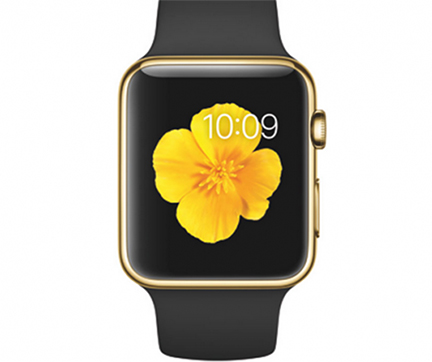
Technology
24/08
Apple Watch creates blooming installation at Selfridges

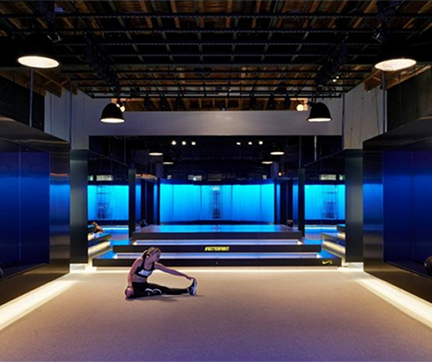
Fashion
17/06
Nike targets women with luxury workout experience


Art & Design
11/06
HSBC soars in stunning elevator film


Hospitality
7/05
The Four Seasons Jet is the ultimate brand experience


Fashion
30/03
Savage Beauty: Iconic Alexander McQueen honoured in exhibition


Technology
19/03
Samsung film is a beautiful tribute to the power of technology

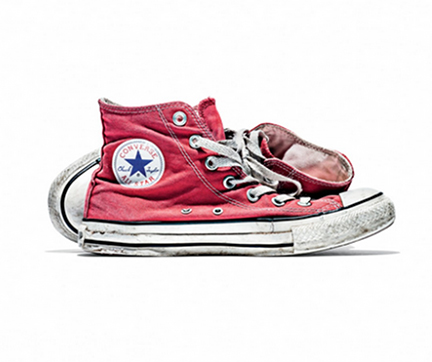
Fashion
5/03
Converse creates global exhibition to celebrate iconic shoe


Fashion
31/10
Leica and Moncler create Monumental exhibition


Technology
8/09
Wind Mobile celebrates human connections

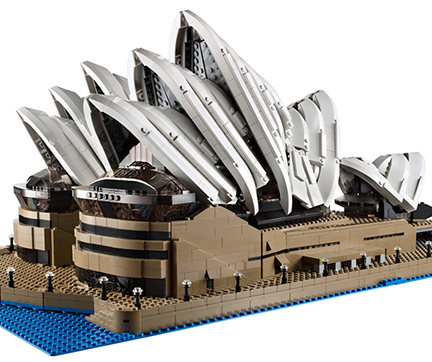
Products
18/08
Lego targets architects with new product range

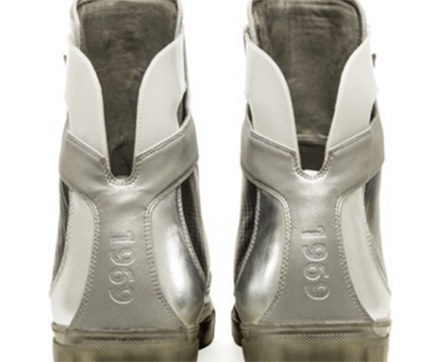
Products
23/07
GE revives iconic Moon Boot to celebrate role

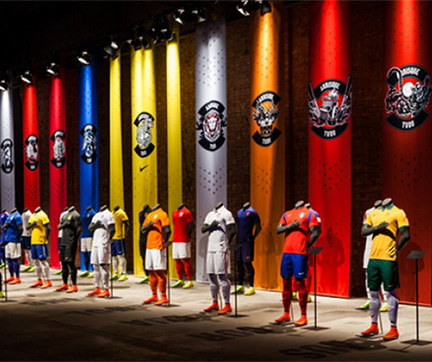
Fashion
2/07
Nike's ‘Phenomenal’ World Cup experience


Fashion
30/06
Louis Vuitton Museum: a new level of branded art


Media & Entertainment
8/06
GQ to groom men with branded barbershop

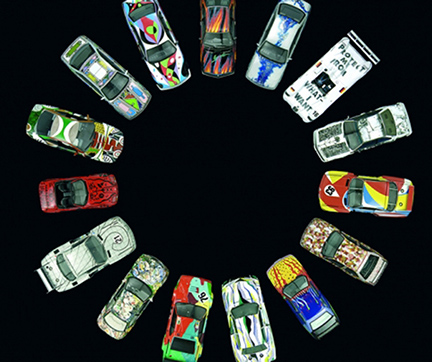
Transport
4/06
BMW's iconic Art Cars Project launches global tour

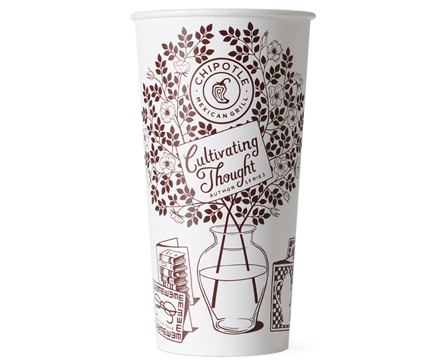
Food & Beverage
27/05
Chipotle turns to literature in new project


Food & Beverage
20/05
Cornetto spreads the love with film series

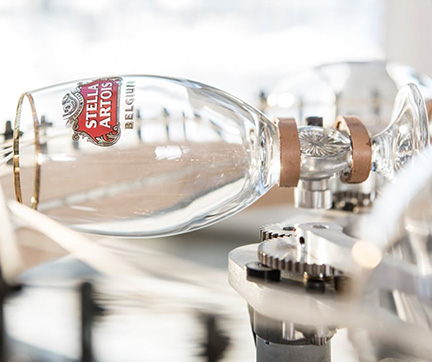
Food & Beverage
9/04
Stella hits high note with Chalice Symphony

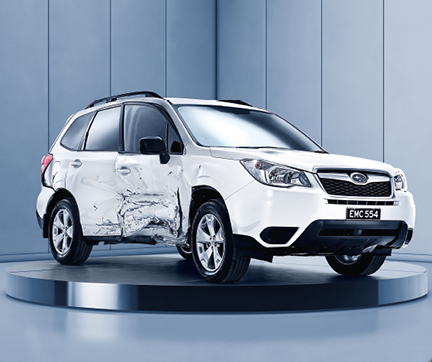
Finance
25/03
NRMA opens Crashed Car Showroom


Technology
24/03
Intel urges audiences to 'look inside' in film series

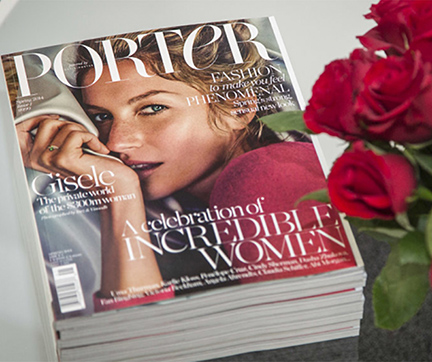
Fashion
12/03
Net-A-Porter launches glossy print magazine


Products
17/02
The Lego Movie hits cinemas worldwide


Food & Beverage
15/01
Guinness creates short film 'The Sapeurs'

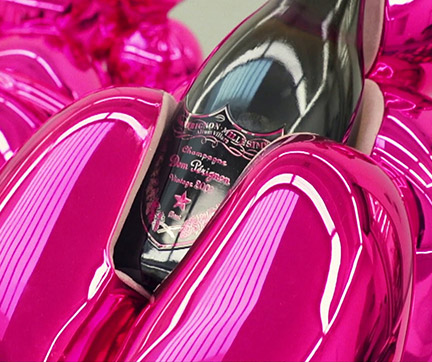
Products
20/12
Dom Perignon and Jeff Koons create art

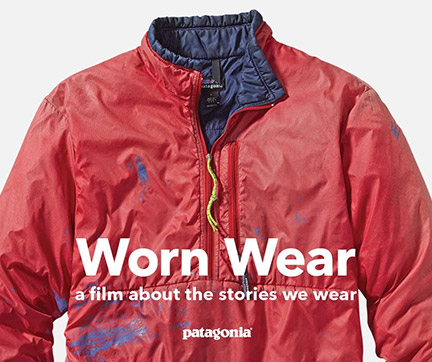
Fashion
5/12
Patagonia film celebrates the stories we wear


Food & Beverage
18/09
Chipotle wages war on Big Food


Technology
21/08
AT&T's brutal new film to stop texting and driving


Transport
14/08
BA tugs the heartstrings with Visit Mum film


Transport
4/06
Leave the world behind with Volvo


Technology
9/05
IBM & The World's Smallest Film

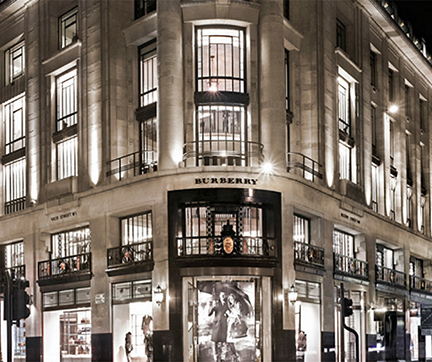
Fashion
11/04
Burberry merges digital and physical worlds


Lifestyle
17/12
Iconic landmark is on song with The Ship Song


Media & Entertainment
24/11
Bond's Skyfall is ultimate branded entertainment


Lifestyle
25/10
Red Bull goes Stratospheric

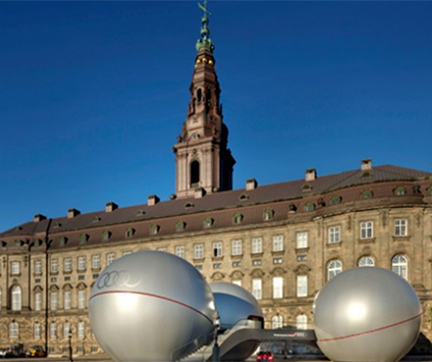
Transport
7/09
Audi showcases the future in Spheres

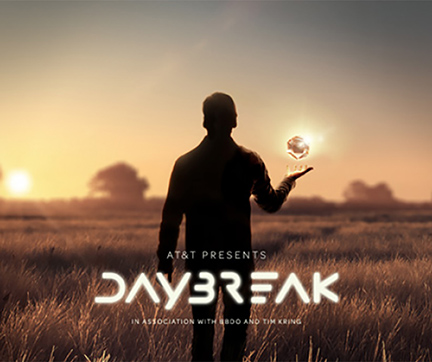
Technology
10/07
AT&T unveils transmedia experience Daybreak


Products
30/06
Google experiments with art and science


Technology
28/06
GE asks Australians for Two Words

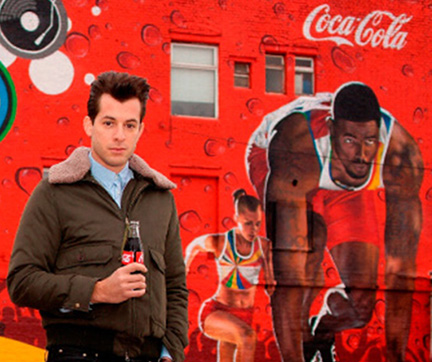
Food & Beverage
14/06


THE ONE CENTRE
Level 3, 75 Pitt St
Sydney NSW 2000
Australia
hello@theonecentre.com
Sign up to ONE TALKS
Please use a valid email address
By entering your email you agree to the
Terms of Use and Privacy Policy